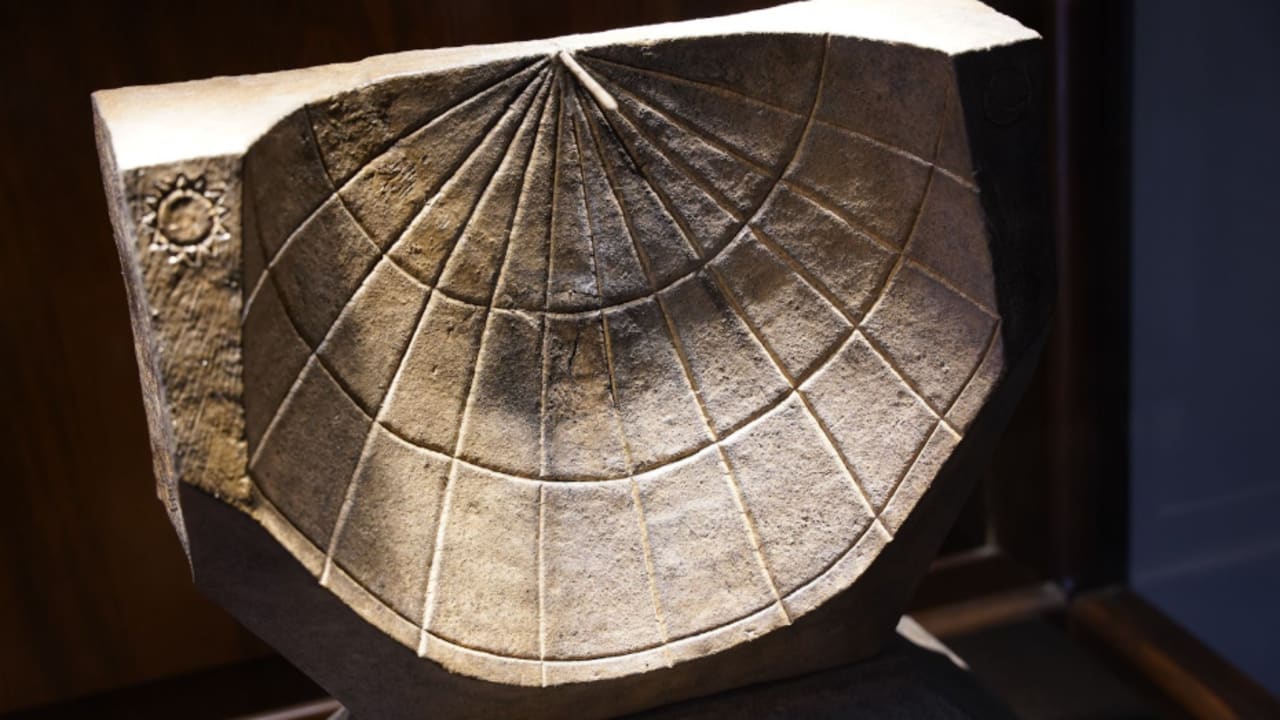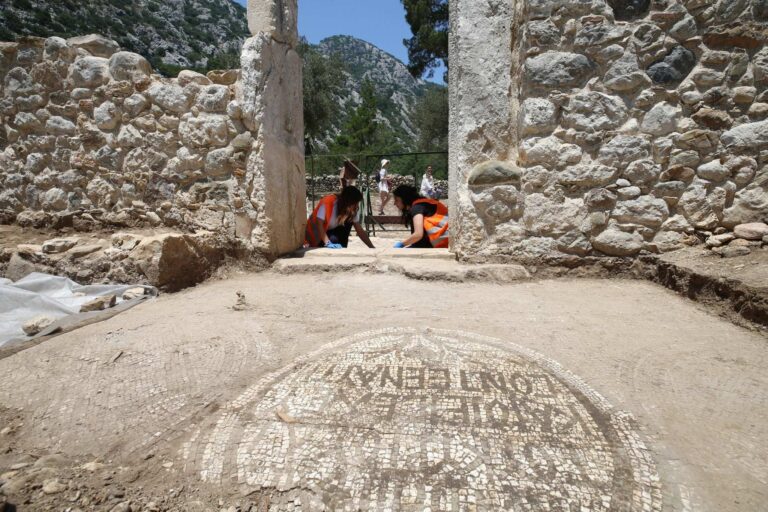Rare 1,000-Year-Old Sundial Unearthed at Ani Archaeological Site in Turkey

A semicircular sundial estimated to be around 1,000 years old has been uncovered at the Ani Archaeological Site in Türkiye’s eastern Kars province. Originally found in 2021 during excavations in the ancient bath complex, the sundial has recently been added to public exhibitions, drawing attention from historians, tourists, and researchers alike.
The announcement was made by Hakim Aslan, Deputy Director of the Kars Archaeology and Ethnography Museum, who emphasized the object’s historical relevance. “The sundial was discovered during our 2021 excavation in the bath area of Ani. It has since been preserved and placed on display for the first time,” Aslan told Anadolu Agency.
The instrument, crafted in a semicircular shape with twelve marked divisions, functions by casting a shadow using a metal rod fixed at the center. “The sunlight hits the rod, casting a shadow over the sections, indicating the hour,” Aslan explained.
While sundials were commonly used in the Roman and Hellenistic periods, Aslan highlighted that technological progress related to timekeeping devices slowed significantly during the Middle Ages. “Sundials were much more developed in earlier periods,” he said. “In the medieval era, these innovations declined. That makes this particular find in Ani especially valuable.”
The discovery sheds light on the continuity of scientific practices across different eras, even when broader technological advances stalled. Although examples from Roman and Hellenistic times are known, medieval specimens like the one found in Ani are far less common.
The Ani Archaeological Site, which covers 85 hectares, preserves remnants of multiple civilizations that once thrived there. Roughly 25 architectural structures remain visible, including defensive walls, cathedrals, mosques, monasteries, palaces, and bathhouses. In addition, nearly 1,500 underground chambers and tunnels have been identified, suggesting that part of Ani’s population lived below the surface during its peak.
